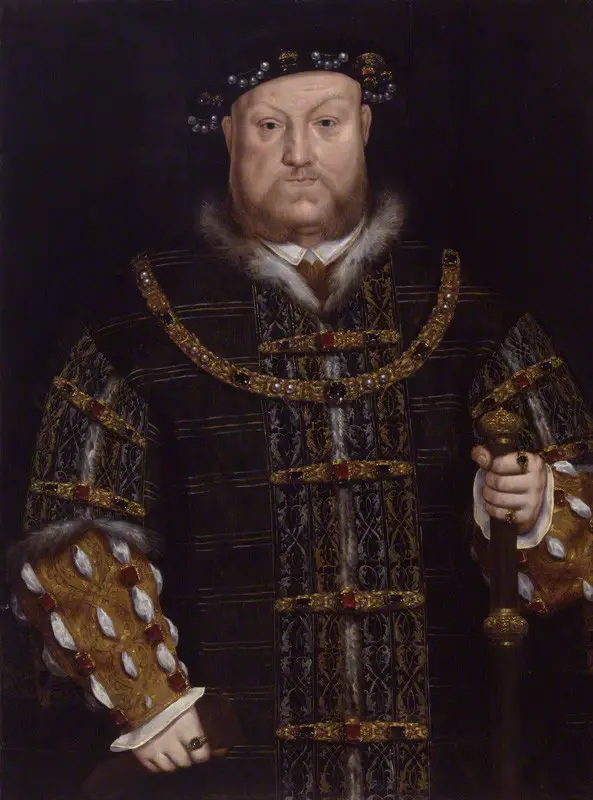 On this day in history, 29th December 1605, John Davis (Davys), navigator and explorer, died near Bintang, off the coast of Borneo. His ship, The Tiger, was attacked by Japanese pirates who killed Davis in hand-to-hand combat.
On this day in history, 29th December 1605, John Davis (Davys), navigator and explorer, died near Bintang, off the coast of Borneo. His ship, The Tiger, was attacked by Japanese pirates who killed Davis in hand-to-hand combat.
Davis was one of the main Elizabethan navigators and explorers, and the Davis Strait in the Northwest Passage is named after him. He is also known for being the first Englishman to document a sighting of the Falkland Islands. Davis also wrote the 1594 The Seaman's Secrets and The World's Hydrographical Description (1595).
You can read more about Davis's voyages in The voyages and works of John Davis, the navigator (1853) edited by Albert Hastings Markham at https://archive.org/stream/voyagesandworks00wriggoog#page/n8/mode/2up. This book includes accounts of his voyages, including the last one, as well as letters and Davis's works The Seaman's Secrets and The World's Hydrographical Description.
The Seaman's Secrets can also be read online at http://www.stexboat.com/books/seasecr/dseasec1.htm and The World's Hydrographical Description can be read online at http://www.spirasolaris.ca/sbb9c.pdf.
John Davis also invented the Davis Quadrant, or the backstaff, which he describes in The Seaman's Secrets. It was a navigational instrument that was used to measure the altitude of the sun or moon. The Nautical Instruments website explains that it "was the successor of the cross-staff and the predecessor of the octant" and the National Maritime Museum's description of a Davis quadrant made in the 18th century describes it as follows:
"The backstaff is made from a hornbeam frame with boxwood arcs. The staff has an inlaid ivory plate on the main strut and rivets capped by decorative ivory triangles. There are no vanes. Small decorative stamps, including flowers and fleurs-de-lis, are stamped at the ends of both arcs. The transversal scale on the thirty degree arc is from 0° to 25° by 5 arcminutes and reads to 0.5 arcminutes. The graduation on the sixty degree arc is from 0° to 65° by 1°."
You can read more at http://collections.rmg.co.uk/collections/objects/42245.html and http://www.dehilster.info/navigational_instruments/1734_w._garner_davis_quadrant_backstaff.php.
Here is a video about the Davis Quadrant:
Photo: Davis quadrant, made in 1765 by Johannes Van Keulen. On display at the Musée national de la Marine in Paris, Wikipedia.



Leave a Reply